Single-pane windows often only provide very little insulation. Insulating the single glass panel can help enhance indoor comfort and create more energy efficiency. But the question is, how are you going to insulate your home’s single-pane windows? We searched for the answer to that question and here’s what we found.
Different single-pane window installation options exist. Homeowners can choose between available choices that fit their households’ demands. Some of these selections are:
- Weatherstripping
- Spray foam sealant
- Window treatments
- Window insulation film
Bear in mind that each window insulation selection typically has unique properties and installation procedures. Continue reading as we talk about each insulation option and their setup methods in greater detail.
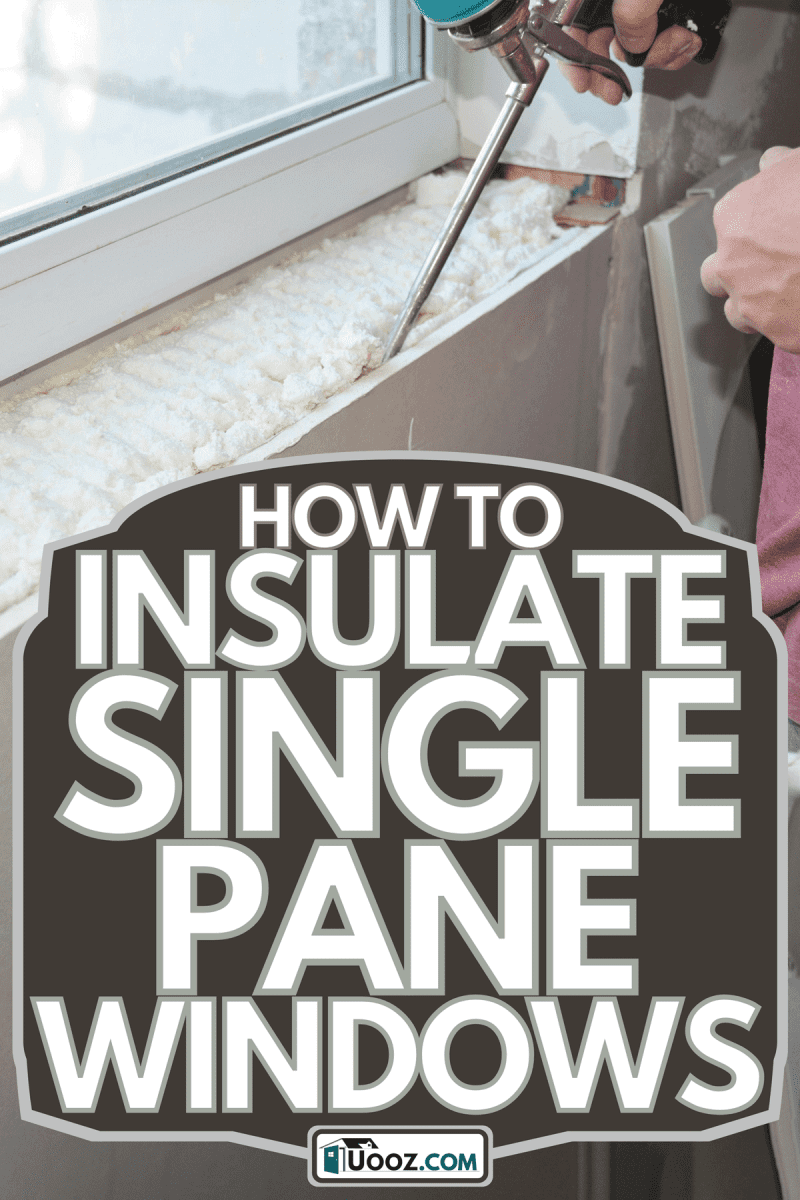
Are Single Pane Windows Insulated?
Single-pane glass windows have almost no insulation, if any. Outside noise and temperature can relatively easily penetrate the material, which may adversely affect indoor living. However, single-pane windows might still be a good option if the property is in a reasonably quiet neighborhood in a region with consistently mild temperatures.
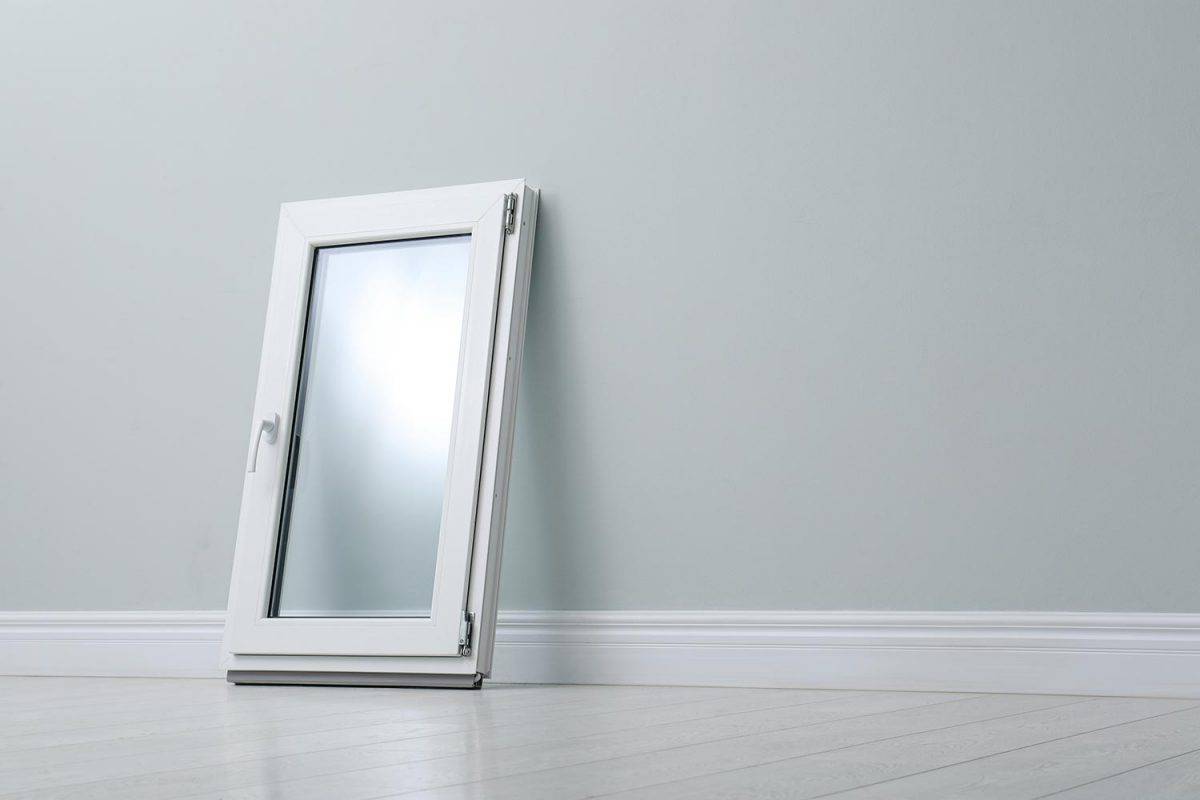
What Is The R-Value Of A Single Pane Window?
A typical single-pane window will have an R-value of approximately 1. In comparison, good attic insulation has an R-value of about 49, and a reasonably decent floor to wall insulation has R-values of roughly R-11 to R-15. Moreover, adding an extra pane may help increase the window’s insulation up to an R-value of 3.13.
How Do You Insulate Singe-Pane Windows?
Homeowners can choose between different insulation techniques to enhance the thermal-resistant properties of their single-pane windows. Some of these methods are:
Weatherstripping
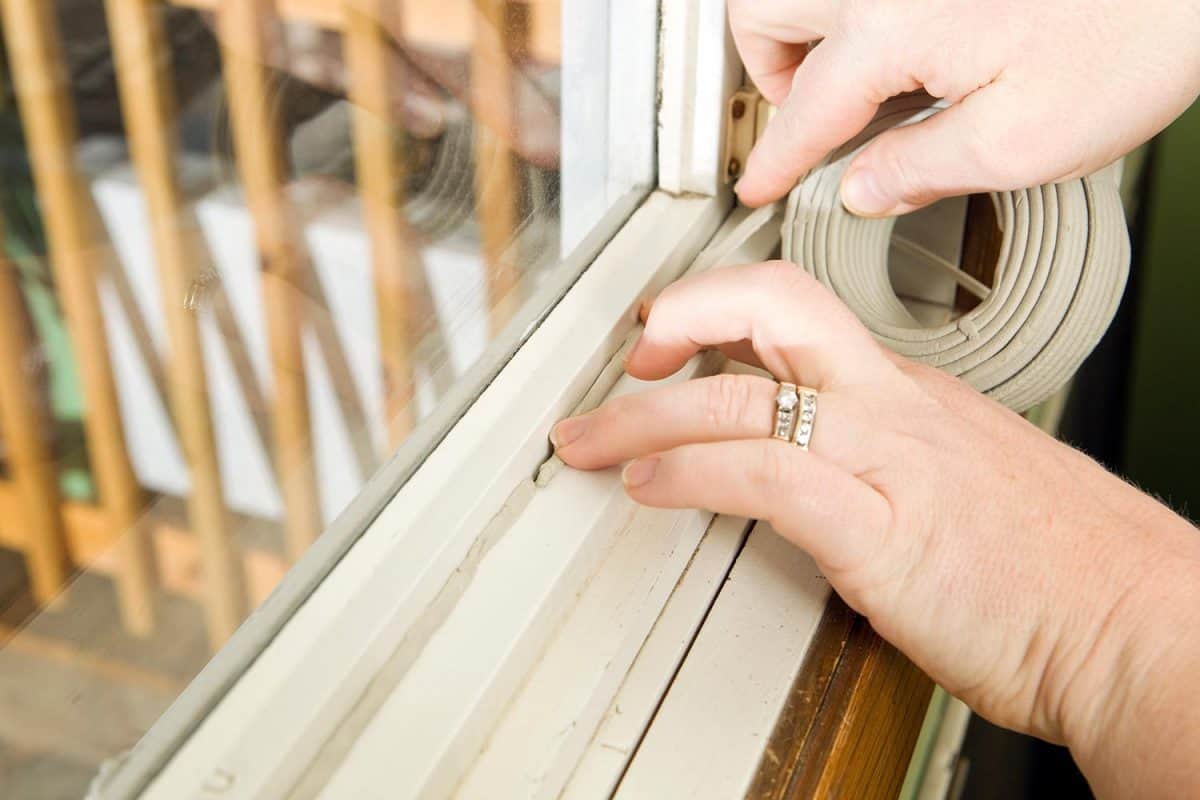
If you choose to add weatherstripping to your single-pane window, take note that you have different choices to use. Your selections may include:
- Felt: This material is reasonably inexpensive, making it ideal for homeowners following strict budgets.
- EPDM rubber tape: EPDM stands for ethylene propylene diene terpolymer, and it’s a self-sticking tape that may make installation procedures easier than intended.
- Vinyl strips: Often good for sealing window frames and sashes.
- Foam tape: Typically comes with an adhesive backing and is perhaps the most common type of window weather stripping material on the market.
After purchasing your preferred weather stripping product, the next step is to clean the window. Keep in mind that insulating a single-pane window with a weatherstripping material may not provide satisfactory results if the glass is dirty.
Dip a cloth or sponge in a container of a mild liquid detergent and warm water mixture. Make sure to wipe the glass and its sashes and ensure that you can remove as much dirt as possible. Then, dry the opening with a clean cloth or rag.
Once the window is clean, you can proceed with the weather-stripping insulation to your single-pane window:
Step-by-Step Guide
- Cut the weatherstripping material to size.
- Set the material to the top and lower sashes while ensuring that the adhesive side is adjacent to these surfaces. Trim the product with a utility knife if needed.
- Test the window by opening and closing it to check if the insulation creates a proper seal.
You can also watch the video below to gain additional insights into using weatherstripping products to insulate windows:
Check out this weatherstripping foam seal tape on Amazon.
Spray Foam Sealant
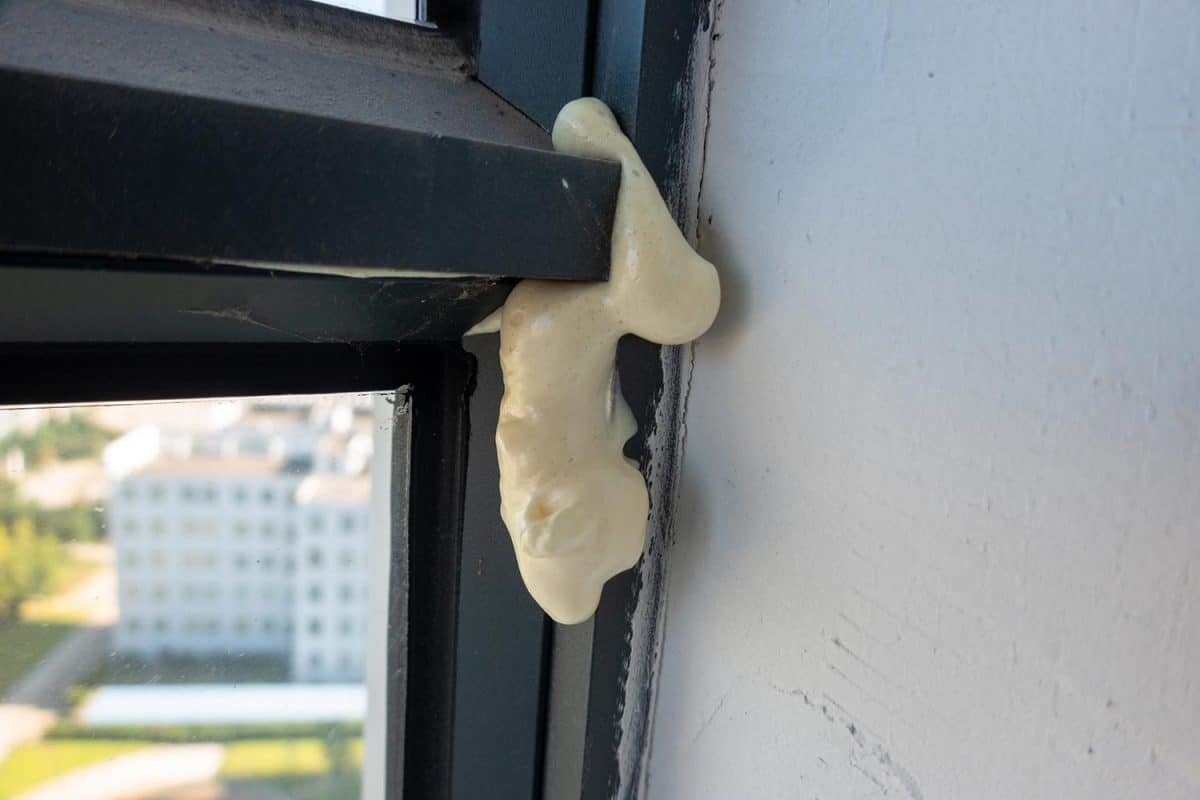
Before you proceed with this window insulation method, ensure that you’re wearing protective gear like safety goggles. There’s a chance that spray foam sealant can get into your eyes, which can incur mild to serious damages.
It’s also a good idea to wear gloves and long-sleeved coating, particularly if you have open wounds. If you're not sure if you have gashes or injuries on your arms and hands, don't hesitate to wear these protective items.
Once you completed the necessary preparations, proceed to the next step:
Step-by-Step Guide
- Shake the spray foam sealant container for at least 60 seconds.
- Invert the can and spray the product around the window’s framework.
- Use a clean cloth to wipe away excess material.
- Let the foam sealant sit for 10 to 15 minutes for it to dry and cure.
Some window designs may demand additional DIY work before installing the spray foam sealant for insulation. If you run into this concern, watch the video below to help solve this matter:
Check out this expanding foam insulating sealant on Amazon.
Window Treatments
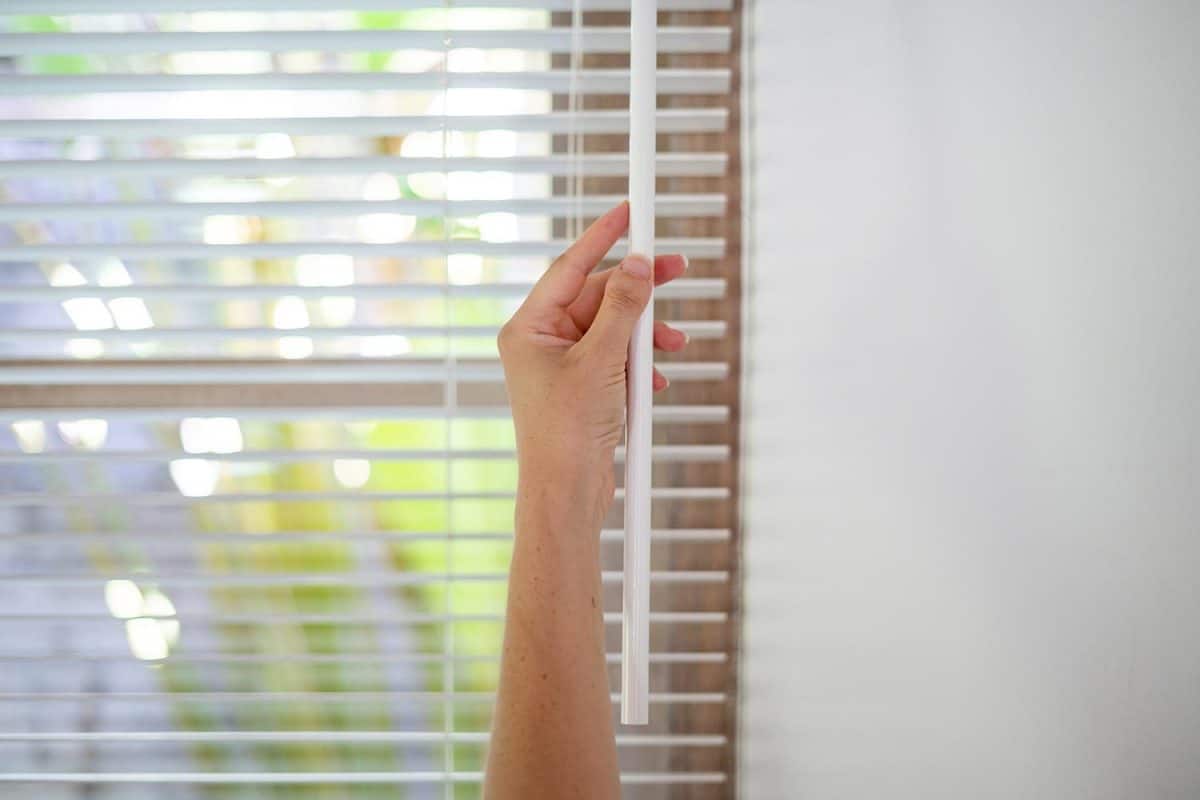
Many window dressings exist on the market with each product possessing dissimilar properties when compared to others. Nonetheless, installing window treatments can increase a single-pane window’s thermal resistance.
Some of the window treatments you may come across are:
- Roller shades: Helps control light and privacy while showcasing visually appealing patterns and textures.
- Pleated shades: Offers crisp yet clean designs to match specific interior themes.
- Blinds: A set of adjustable slats to help control light and privacy in spaces.
- Blackout shades: Thick materials to prevent significant amounts of light, making them great for light sleepers.
- Drapes: These are thick fabrics that generally block more light than standard curtains.
Take note that each window treatment varies in R-value. For instance, some shades may have R-values between 3.0 and 5.0. Another window dressing may only supply a 2.5 R-value to spaces.
Moreover, each type of window treatment generally has different installation procedures. For example, here are the steps to install inside-mounted roller shades:
What You’ll Need
- Power drill
- Roller shade kit
Step-by-Step Guide
- Take out the included brackets in the roller shades kit and mount them onto the window frame using the supplied screws.
- Insert the shade’s pins into the brackets.
- Fine tune the tautness of the shades by adjusting the treatment at the left bracket. Make sure not to overtighten this component as doing so can increase the risks of damages.
- Test the shades by rolling them up and down and checking for faults or inconsistencies.
Check out these roller shades on Amazon.
Watch this video to see the steps mentioned above in action:
You can also install stair treads on carpet to help enhance your home’s insulation. Learn about that DIY project by reading our post on that topic.
Window Insulation Film
Commonly made of polyethylene terephthalate (PET), a window insulation film is a fairly thin plastic sheet used to help control heat and light transfer. It has some insulating properties to help keep unwanted heat outside. This material can also reflect UV rays, which would otherwise become the precursors to fading furniture and floors.
If you choose this option to help insulate your single-pane window, take note that many glass films typically come in large dimensions. Therefore, measure your window’s size and cut the sheet to size before proceeding with the installation. Also, ensure that the sun isn’t shining directly onto the window’s glass during the setup process to prevent potential issues.
Once you take note of those precautions and preparations, you may proceed with the installation:
Step-by-Step Guide
- Clean the window and all of its surrounding components to remove dirt and gunk buildup.
- Have an assistant to help hold the film before laying it on the window.
- Place a small piece of tape on top of the release liner and pull the film from it. Make sure to spray the liner with a mild soapy solution as you take it out slowly to prevent static from attracting dust.
- Install the film onto the window and use a squeegee to squeeze water out of the surface. Don’t push while using this tool or you risk getting air and water into the center of the material.
- Trim excess film material from the window using a utility knife. A 5-way tool can also aid you in ensuring a clean cut without the risk of scratching the glass.
- Use the squeegee again or a hard plastic tool to remove any leftover moisture that might still be trapped between the film and glass.
Additionally, you may notice a tiny gap between the film and the frame. That space is necessary to prevent the film from bubbling. Finally, don’t clean the film for at least a month for it can take that long for the product to bond with the glass fully.
Check out this window film insulation kit on Amazon.
You can also watch the video below to learn more about how to install window insulation film, particularly on how to clean the glass properly:
At this point, you might also find it interesting to learn about how to install vinyl siding around windows. If so, you can read our guide on that subject to get the hang of the procedure.
Final Words
Property owners can insulate their single-pane windows by using weatherstripping, spray foam sealant, window insulation film, or their choice of window treatments. It’s ideal to pay attention to the unique characteristics of each insulation option. In turn, homeowners can gain the most value out of the insulating material.




